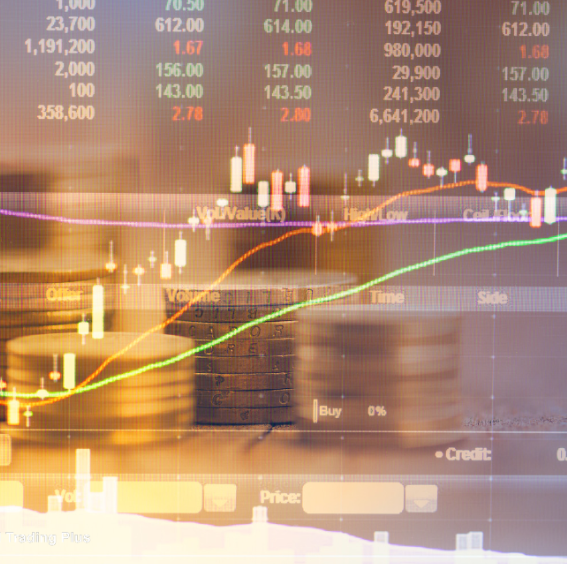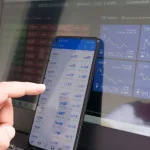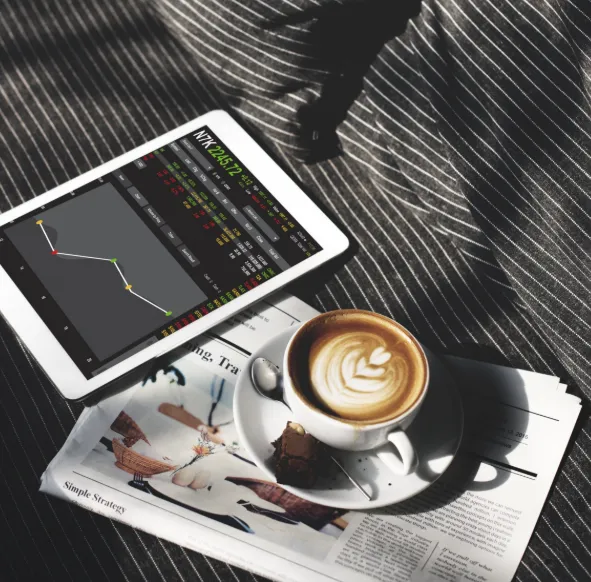Day trading can be an exciting path toward financial independence, but it requires preparation, discipline, and the right tools. If you’re just starting out, understanding how day trading works—and what equipment, strategies, and software you need—is essential. This guide walks you through the foundations of day trading and how to set yourself up for success.
Understanding Day Trading
At its core, day trading involves buying and selling financial instruments within the same trading session. The goal is to profit from short-term price changes. Many traders use leverage to enhance their buying power, but this comes with heightened risk. Day trading isn’t gambling—it requires knowledge, speed, and precise execution.
Professionals in this space have honed their skills over years of practice. Quick decisions and emotional control are key. Losses can add up rapidly, especially when borrowing money to trade, so caution and risk management are vital.
Getting Started: The Essentials
Build Your Foundation
Before diving into the market, spend time learning basic concepts. Get familiar with terms, asset classes, and core strategies. Books, online tutorials, and courses are excellent ways to build a solid base. Understanding the behavior of different instruments—such as stocks, currencies, commodities, and options—is crucial, as each has unique trading hours, volatility, and liquidity.
Equip Yourself with the Right Hardware
A powerful computer is a necessity for day trading. You’ll need to run multiple applications simultaneously—like charting tools, trading platforms, and news feeds—without delays. Lag or system crashes can be costly.
Choose a machine that offers fast processing, ample RAM, and enough ports to support several monitors. You want speed, stability, and room for upgrades as your needs grow.
Opening a Trading Account
Once you’ve learned the basics, the next step is to open an account with a brokerage. You’ll need to complete identity verification, risk profiling, and bank linking. Decide whether to go with a cash account (where you trade with only the funds you deposit) or a margin account (which allows borrowing to increase trade size). Margin trading can boost profits—but also amplifies losses.
Selecting a Strategy That Suits You
Successful traders don’t just wing it—they follow a system. Popular day trading strategies include:
- Breakout trading: Entering trades when a stock breaks past defined support or resistance levels.
- Momentum trading: Riding the wave of strong price trends.
- News-based trading: Reacting to breaking headlines that influence price movement.
- Scalping: Making rapid trades for small gains.
- Trend following: Identifying and trading in the direction of market momentum.
Test a few to see which aligns best with your personality and risk tolerance.
Creating a Watchlist and Doing Research
You can’t monitor the entire market—so narrow your focus. Build a watchlist of stocks or other instruments that meet your criteria. Pay attention to fundamentals like revenue trends, earnings, and industry strength, along with metrics like price-to-earnings ratios and dividend yields.
Keep tabs on your shortlist daily, updating it based on news and market behavior.
Setting Up Your Trading Platform
Most brokers offer intuitive platforms that help you place orders and monitor positions. Once you sign up and fund your account, you can begin placing trades by entering stock symbols, order types, and share quantities.
Choose a platform that offers real-time data, fast execution, and comprehensive charting features. Popular options include TD Ameritrade, E-Trade, and Fidelity.
Managing Risk Effectively
Risk control is what separates successful traders from gamblers. Here’s how to protect your capital:
- Know your limits: Only risk what you can afford to lose.
- Use stop-loss orders: These automatically sell your position at a set price to cap potential losses.
- Control position size: Most traders don’t risk more than 1-2% of their total capital on a single trade.
- Diversify: Spread your trades across different sectors to reduce exposure to sudden shifts.
- Stay level-headed: Emotional decisions often lead to unnecessary losses.
Tracking Performance with a Trading Journal
Keep a detailed log of every trade you make—entry and exit points, asset type, reasoning, and outcomes. This will help you recognize patterns, evaluate your strategy, and make better decisions moving forward. Tracking metrics like win rate and average profit per trade provides valuable insights.
Choosing a Trading Computer
Speed and reliability are critical in day trading. Choose a system with a fast CPU, plenty of RAM, and solid-state storage. A high-performance graphics card is essential if you plan to use multiple monitors.
Consider the following specs when building or buying your setup:
- CPU: High core count and fast processing.
- RAM: At least 16GB; 32GB or more for multitasking.
- Storage: SSD for quick data access.
- Graphics card: Must support multi-screen setups.
Laptops are fine for mobility, but desktops typically offer better performance and expandability.
Software That Supports Your Trading
To trade efficiently, you’ll need a suite of software:
- Trading Platforms: Execute trades and access real-time market data.
- Charting Tools: Analyze technical patterns and indicators.
- Automation Tools: Run scripts or bots that place trades automatically.
- Backtesting Software: Simulate trades against historical data to test your strategy before going live.
Using these tools will make your workflow smoother and your decisions more informed.
Expert Tips for Beginners
- Study consistently: Read books, join webinars, and stay curious.
- Find a mentor: Experienced traders can offer insights you won’t find in textbooks.
- Join trading groups: Communities provide support, feedback, and shared learning.
- Practice first: Use demo accounts to test strategies without risking real money.
- Stay informed: Follow financial news and track economic indicators to spot new opportunities.
Final Thoughts
Getting started in day trading takes more than just enthusiasm—it requires preparation, patience, and the right tools. A fast, reliable computer and a clear understanding of strategy and risk are just as important as the trades you place. By taking the time to learn, practice, and refine your skills, you’ll be better equipped to navigate the fast-moving world of day trading.













